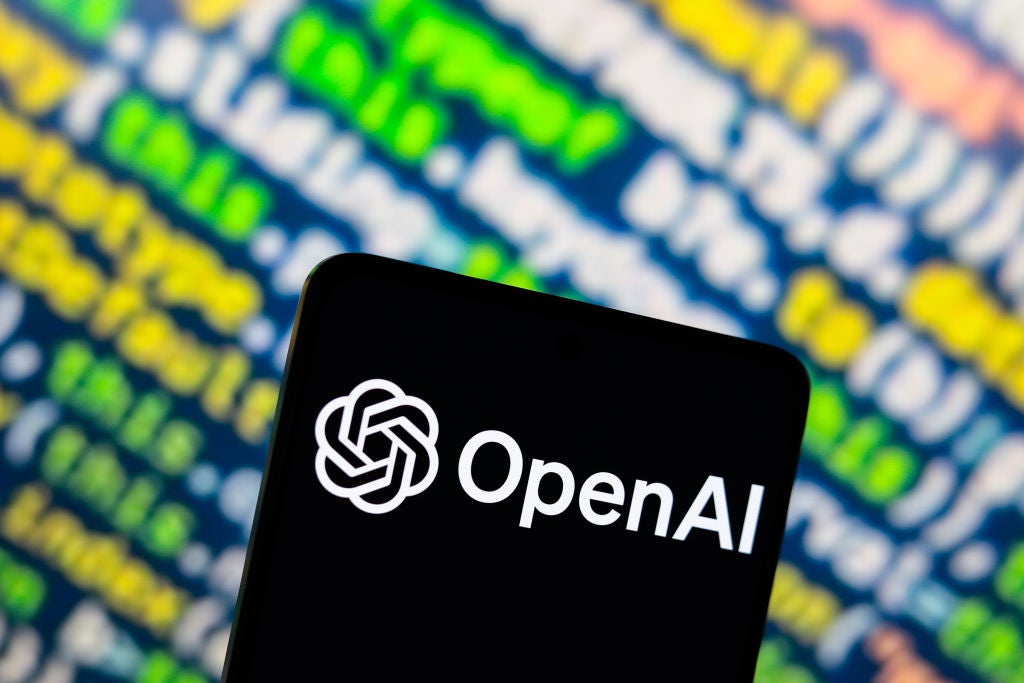GlobalData offers a comprehensive analysis of Siemens, providing key insights into its Environmental, Social, and Governance(ESG) factors. By closely monitoring and aggregating mentions of climate change and associated ESG keywords, GlobalData delivers valuable information on Siemens‘s ESG performance. GlobalData’s company profile on Siemens offers a 360-degree view of the company, SWOT analysis, key financials, and business strategy including insights on ESG implementation among other information. Buy the report here.
Siemens, a leading technology company, has set target for net zero by 2030 to reduce its carbon emissions. Siemens has specific goals related to scope 1, scope 2, and scope 3 emissions. Scope 1 emissions refer to direct emissions from owned or controlled sources, scope 2 emissions are indirect emissions from the generation of purchased electricity, heat, or steam, and scope 3 emissions are indirect emissions from the company's value chain.
Siemens has disclosed its greenhouse gas emissions, encompassing both scope 1 and scope 2 emissions for 2022. The company witnessed an increase in emissions from the previous year, with scope 1 emissions reaching 11,794 metric tonnes of CO2 equivalent and scope 2 emissions totaling 30,565 metric tonnes of CO2 equivalent. However, the emission intensity per rupee of turnover has slightly decreased compared to the previous year, measuring 0.00028 kg of CO2 equivalents per rupee of turnover. The total emission intensity for scope 1 and scope 2 is 5.24 MT CO2 equivalents per full-time equivalent (FTE).
Siemens has undertaken various initiatives to significantly reduce its emissions, advocating for international standards in e-mobility, renewable energy, and digitalization. The company's effort to reclaim and re-use transformer oil alone has led to a reduction of 73 tons of CO2 emissions. Energy-efficient measures, including an efficient centralized chiller, six High Volume Low Speed (HVLS) fans, and Adiabatic Mist cooling, have resulted in energy savings of 2,634 MWh (equivalent to 2,081 tons of CO2 emission equivalent) and 80 MWh, respectively. Siemens has also entered Power Purchase Agreements for renewable energy procurement and installed rooftop solar panels at certain locations, generating 3,744 MWh of renewable energy and reducing environmental impact by 1,068 tons of CO2 emissions.
Siemens is committed to responsible waste management and has implemented initiatives to recycle and reuse waste materials. The company has reclaimed and reused 29,000 liters of scrap transformer oil and has recycled plastics, e-waste, and hazardous waste. Siemens aims to achieve 100% zero landfill rate by 2030 and increase the fraction of waste used for material recycling.
In terms of water management, Siemens has implemented initiatives to conserve and recycle wastewater, ensuring zero liquid discharge. The company has not discharged any water to surface water, groundwater, seawater, or third parties without treatment.
In conclusion, Siemens is actively pursuing significant measures to curtail its carbon emissions and fulfill its net-zero objectives. The company's comprehensive efforts, spanning the advocacy of international standards, implementation of energy-efficient measures, procurement of renewable energy, and adoption of responsible waste and water management practices, underscore its commitment to a sustainable future.
Data Insights
From

The gold standard of business intelligence.
Blending expert knowledge with cutting-edge technology, GlobalData’s unrivalled proprietary data will enable you to decode what’s happening in your market. You can make better informed decisions and gain a future-proof advantage over your competitors.







